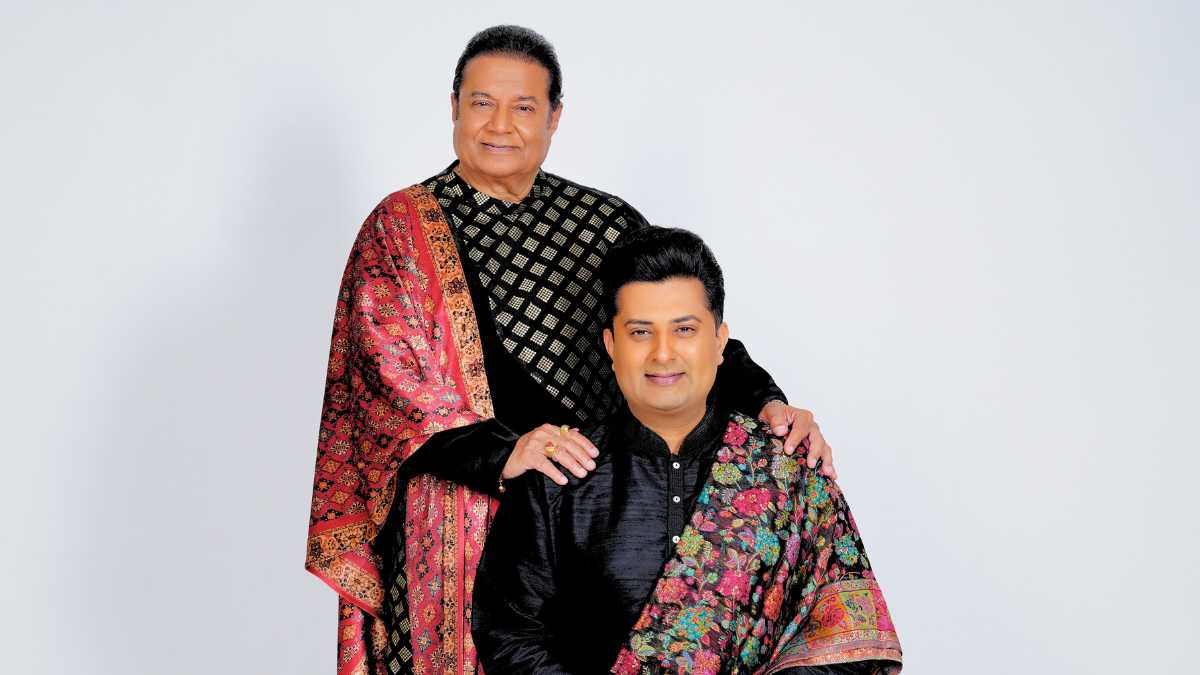
In this exclusive interview, musical maestro Anup Jalota and his protégé Sumeet Tappoo discuss their celebrated album Legacy, their four-decade guru-shishya relationship, and the evolving world of music.
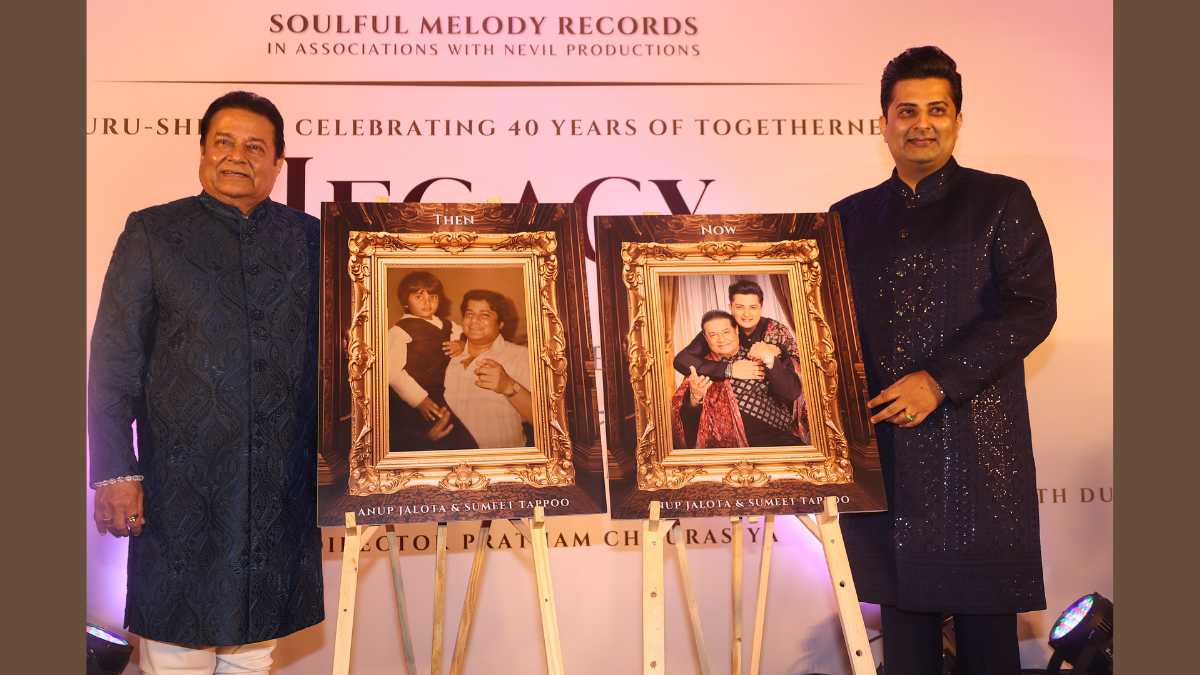
Your album Legacy has been a tremendous success. What does this achievement mean to you personally?
Anup Jalota: This album holds special significance beyond commercial success. It represents forty years of nurturing a musical relationship that began when Sumeet was just a toddler in Fiji. Legacy is aptly named because it encapsulates what I hope to leave behind — not just recordings, but the continuation of our musical traditions through dedicated disciples like Sumeet. When I hear tracks like “Chaturang” that connect to my family’s Shyam Chaurasi Gharana roots, I feel a sense of fulfillment that these traditions continue to thrive. The overwhelming response from listeners reaffirms that authentic music still resonates deeply, even in today’s rapidly changing times.
Also, I said this on stage, and I will repeat it again: a guru only gets true satisfaction when the disciple does better than the guru. Otherwise, there’s no point. In Legacy, I’m truly satisfied because my Sumeet has sung better than me.
Sumeet Tappoo: I’m humbled by my Guru’s words, but the reality is no one can sing like him. Anup Ji is a music genius, and artists like him are born once every thousand years.
To answer your question, this album’s success is deeply humbling. Legacy represents a lifetime of learning, devotion, and artistic growth under Anupji’s guidance. When we began conceptualizing this project, our primary goal was to create something meaningful that honored our journey together — the commercial success and critical acclaim have been wonderful bonuses. Each positive response from listeners feels like validation of not just our music but of the sacred guru-shishya tradition itself. This album is my tribute to Anupji’s influence on my life, and seeing it touch so many hearts worldwide brings me immense joy and gratitude.
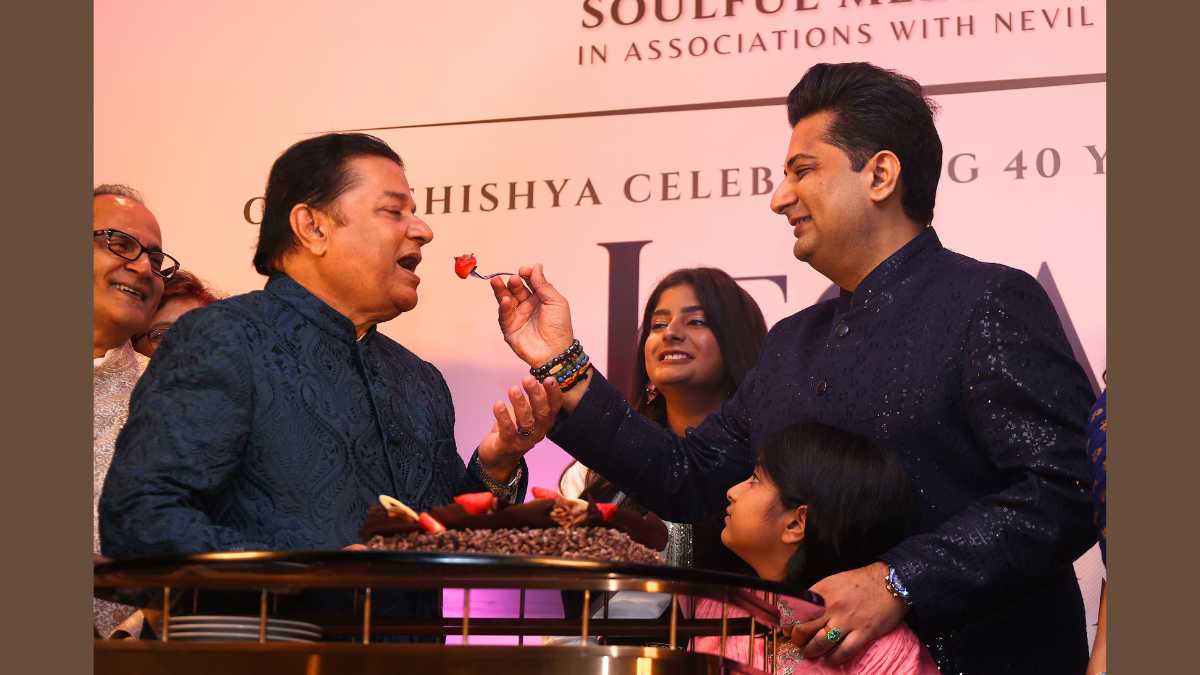
How would you describe your four-decade guru-shishya bond, and how has it evolved over the years?
Anup Jalota: When I first visited Fiji and met young Sumeet, I noticed something unique in his attentiveness during my concerts. Even as a child, he absorbed music differently than others his age. My relationship with him has never been one of formal training but something far deeper — a spiritual and artistic connection that transcends typical teacher-student dynamics. Over decades, I’ve watched him develop from an eager student into a masterful artist with his own distinct voice. What remains unchanged is the reverence and dedication at the heart of our relationship. Today, we collaborate as guru and shishya but also as fellow artists with mutual respect. He is also like my son, and at the same time, we are like best friends. What I share with Sumeet about my personal life, thoughts, and feelings is something that I don’t do with anyone else. He does the same with me. Sometimes when in each other’s company, we don’t even need to speak; our understanding is such and it’s deep. This multi-faceted relationship, while maintaining tradition, is precisely what makes our guru-shishya relationship so beautiful.
Sumeet Tappoo: The bond I share with Anupji feels eternal — not confined to this lifetime. What began as a child’s fascination with his music transformed into being mentored by him and then matured into a lifelong spiritual and artistic relationship. In the early years, I approached learning with childlike wonder; today, I understand the profound responsibility of carrying forward these traditions. Throughout this evolution, Anupji has been not just my musical mentor but a guiding light in all aspects of my development. The photograph unveiled at our album launch — me as a toddler in his arms in Fiji — symbolizes the beginning of this journey. Forty years later, that fundamental connection remains unchanged even as our creative relationship continues to evolve.
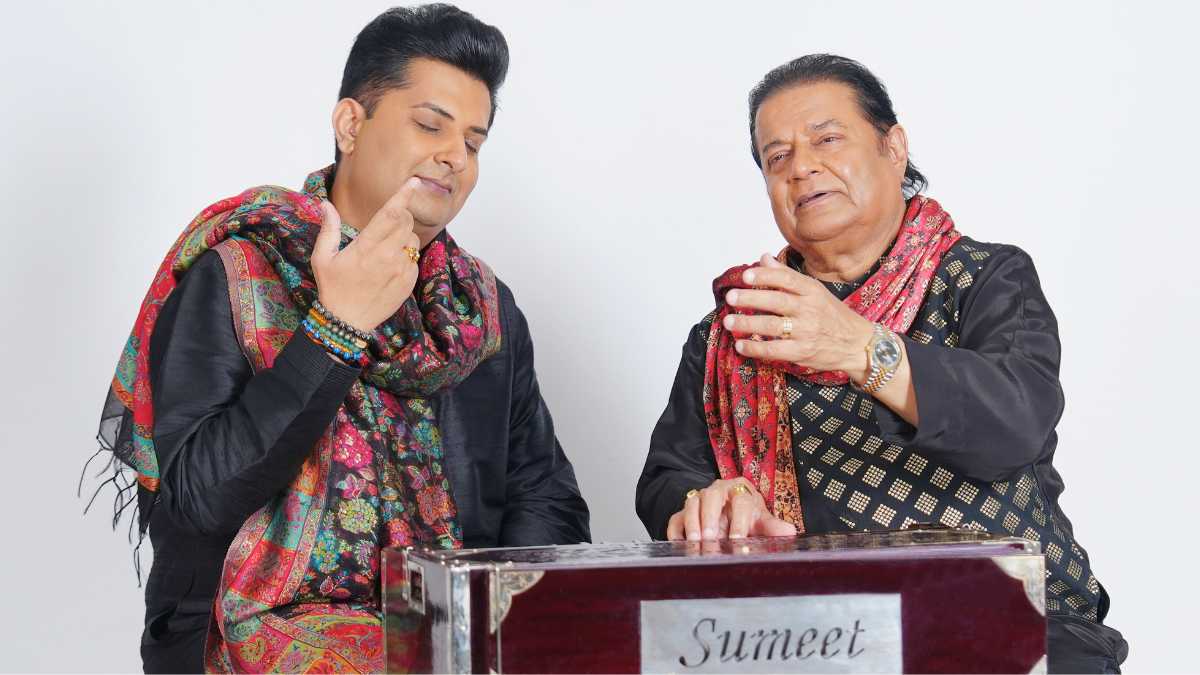
‘Legacy’ spans multiple genres from classical to contemporary. Which track holds the most personal significance for you and why?
Anup Jalota: “Chaturang” holds particular significance for me as it connects directly to my lineage in the Shyam Chaurasi Gharana. This classical composition represents my roots and the musical heritage passed down through generations in my family. Imparting these intricate traditions to Sumeet has been one of my greatest joys as a guru. The track showcases both technical mastery and emotional depth, which are the hallmarks of our gharana. When we perform it together, I feel the presence of my own Guru — my father, the legendary Pt. Purshotam Das Jalota — it’s as if the legacy flows through us both. This piece embodies the essence of what I’ve dedicated my life to preserving and nurturing.
Sumeet Tappoo: Actually, it is truly very difficult to select one track. The joy of singing “Chaturang” was matched by the vibrancy of “Meherbaniyan.” The depth of “Raabta” was just as fascinating as the contemporary track “Safar.” “Prabhuji” was just as divine as “Shaayad.” Each track represents an important facet of our musical journey. Of course, “Hari” also resonates deeply with me as well. This track, based on Meera Bai’s 16th-century devotional prayer and inspired by the global unity message of Michael Jackson’s “Heal the World,” represents what I believe is the highest purpose of music — to inspire positive change and spiritual awakening. It is conceptualized as a response to the suffering we still see worldwide. The prayer for world peace and the visual imagery of Anupji and myself lighting a lamp in meditation symbolizes our shared belief in music’s power to heal and unite across boundaries. It represents not just where we’ve been, but where I hope to take my musical journey forward.
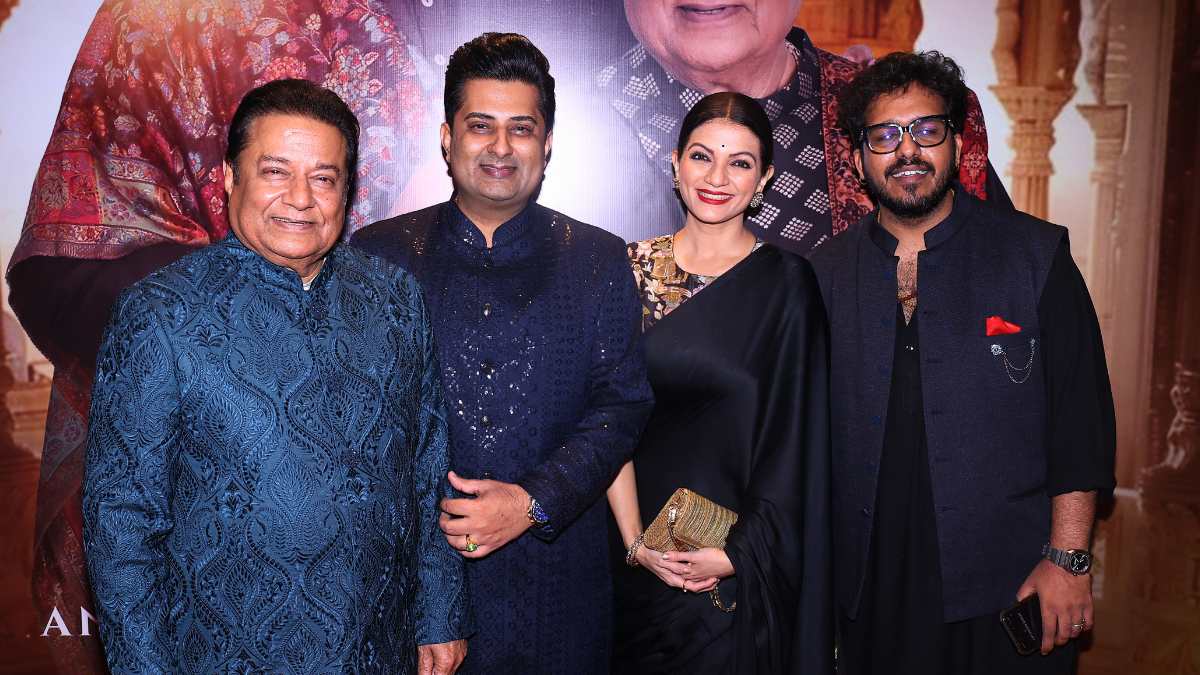
How do you balance preserving traditional musical elements while embracing contemporary sounds?
Anup Jalota: This balance has been central to my entire career. I believe tradition thrives not through rigid preservation but through thoughtful evolution. When I began performing bhajans decades ago, I incorporated elements that made them accessible to wider audiences without compromising their spiritual essence. “Aisi Lagi Lagan” is still sung today and has transcended many generations. In Legacy, you hear this philosophy throughout — from the classical rigor of “Chaturang” to the contemporary arrangements in tracks like “Shaayad” and “Safar.” The key is understanding which elements are fundamental to the tradition and must be preserved, versus which aspects can evolve. Working with younger artists like Sumeet helps me stay connected to contemporary sensibilities while ensuring the core traditions remain intact.
Sumeet Tappoo: I see tradition and innovation not as opposing forces but as complementary elements in musical expression. Under Anupji’s guidance, I’ve learned that authentic innovation can only come after thoroughly mastering traditional foundations. In Legacy, Music Director Prithvi Gandharv was able to understand both Anup Ji and myself, and this was crucial to achieve this balance — for example, enhancing “Prabhuji Tum Chandan Hum Paani” with a symphony orchestra, bringing contemporary energy to “Shaayad” while honoring Ahmed Faraz’s timeless poetry. Every song was approached with multi-layered sensibilities. I believe today’s listeners connect with traditional elements when they’re presented in accessible ways. It’s about creating bridges rather than barriers — inviting new audiences to discover authentic musical beauty through contemporary arrangements while ensuring purists still recognize the authentic roots.
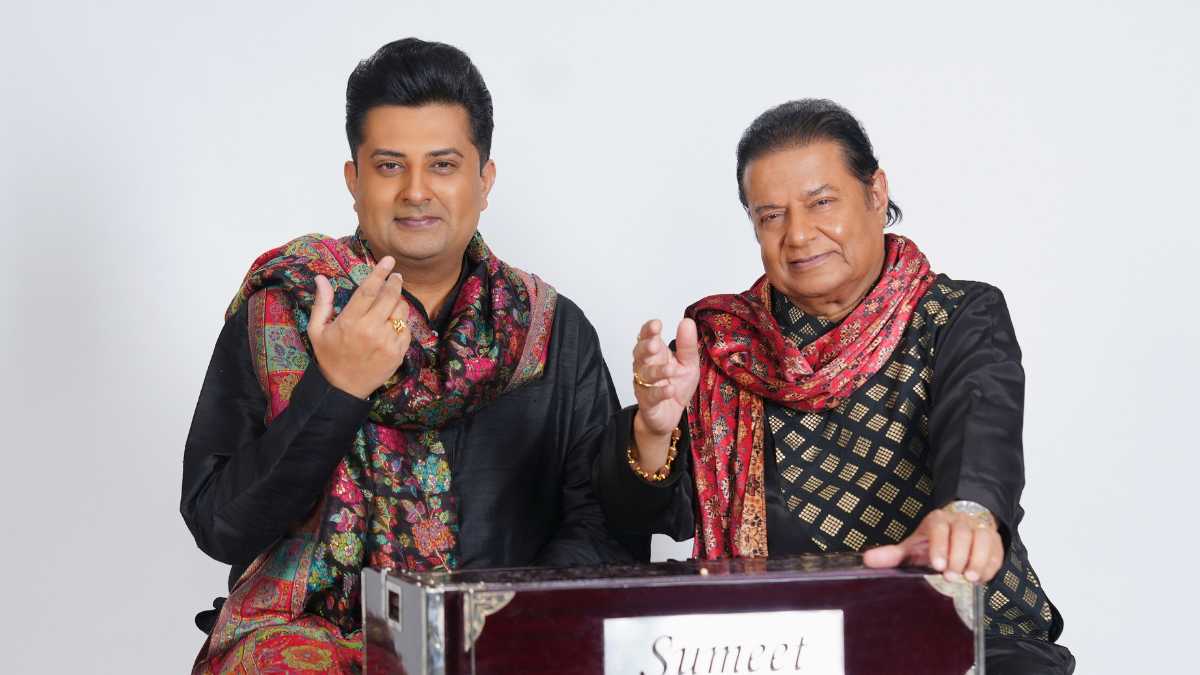
What was the most challenging aspect of creating this album together?
Anup Jalota: The greatest challenge was selecting which seven tracks would best represent our four-decade journey. We had countless possibilities across different genres and styles. Finding the perfect balance that showcased both our individual strengths and our synergy as guru-shishya required much deliberation. Another challenge was technical — ensuring that classical pieces maintained their authenticity while still appealing to contemporary listeners. Balancing production values with traditional sensibilities took considerable care. However, I’ve always believed that meaningful art emerges from working through challenges, and the process of creating Legacy ultimately strengthened our musical bond even further, and Prithvi’s music has been sensational.
Sumeet Tappoo: Beyond the technical and creative challenges, the most difficult aspect for me was the emotional weight of this project. Legacy represented not just an album but the culmination of my life’s musical journey with Anupji. There was an inherent pressure — not from him, but from within myself — to create something truly worthy of our relationship and the traditions I’ve been entrusted to carry forward. During recording sessions, particularly for tracks like “Chaturang,” where classical precision is paramount, I felt the responsibility deeply. Balancing reverence for tradition with authentic self-expression required a delicate touch. Yet these challenges ultimately made the final creation more meaningful and personal.
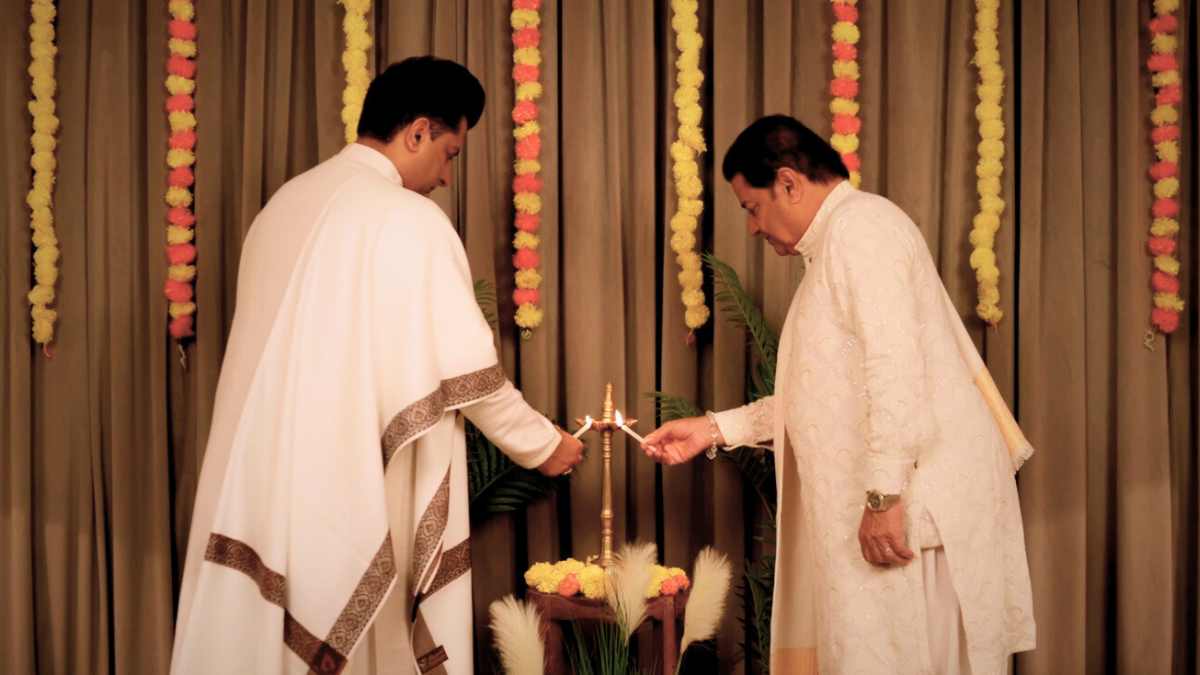
The album concludes with “Hari,” which carries a message of world peace. Why was this an important theme to include?
Anup Jalota: Throughout my career, I’ve believed that music must serve a higher purpose beyond entertainment. “Hari” represents this philosophy perfectly. When Sumeet discussed including this track with me, it felt almost divinely ordained — a necessary message for our troubled times. Based on Meera Bai’s timeless prayer and carrying echoes of Michael Jackson’s global appeal for unity, this composition by Prithvi transcends religious boundaries while maintaining spiritual depth. Despite technological advancements and material progress in many parts of the world, conflict and suffering persist. As artists with a platform, we have a responsibility to remind listeners of our shared humanity. “Hari” serves as both the album’s conclusion and its ultimate message — a prayer for peace that rises above differences.
Sumeet Tappoo: “Hari” represents what I believe is music’s highest calling — to inspire unity and compassion across barriers of faith, tradition, religion, and culture. This piece has been conceptualized as our response to the continuing challenges facing humanity — war, poverty, displacement, and inequality. While many regions advance economically, billions remain forgotten and voiceless. My spiritual guide and mentor, Sri Madhusudan Sai, emphasizes the teaching of our Sanatan Dharma – “Vasudhaiva Kutumbakam” — the entire world is one family or, as Sri Madhusudan Sai says it, “One World One Family.” This principle guided the creation of “Hari,” where we’re seen lighting a lamp and sitting in meditative prayer amidst imagery of human suffering. Including this message was non-negotiable for both of us — it transforms Legacy from a personal artistic statement into a broader contribution toward healing and unity.
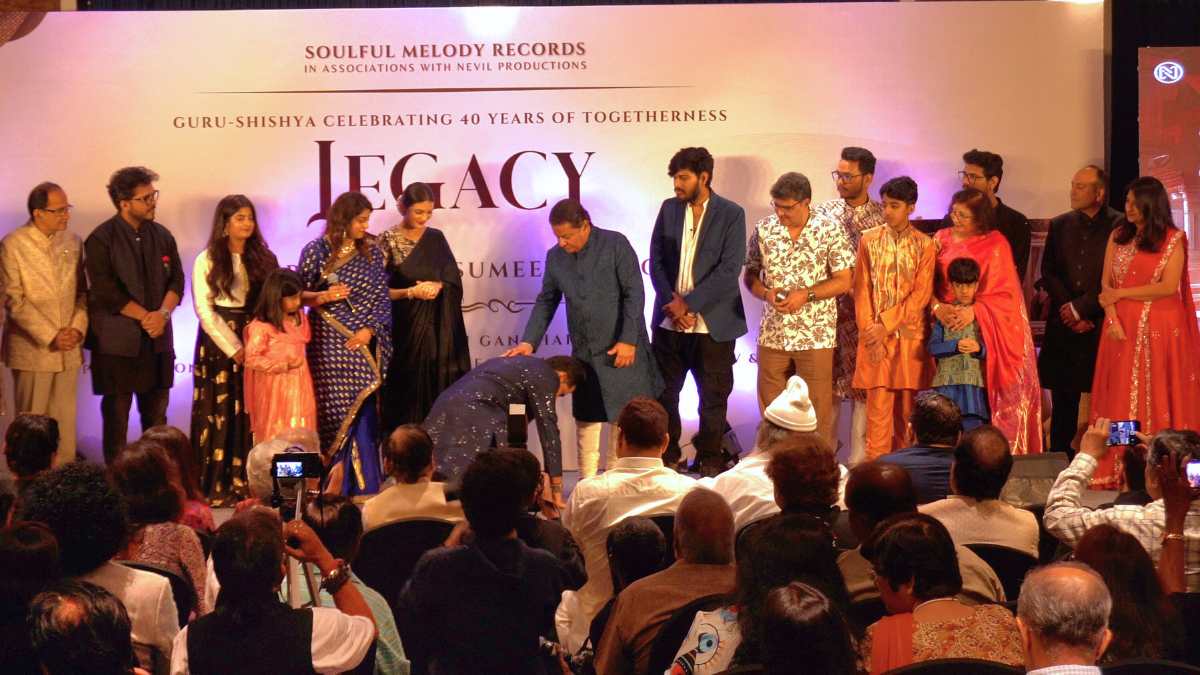
What advice would you give to young artists about the importance of mentorship in musical development?
Anup Jalota: True musical growth requires more than technical training — it demands the guidance of someone who has walked the path before you. The guru-shishya tradition persists because certain wisdom can only be transmitted through direct experience and personal connection. My advice to young artists is threefold: First, approach learning with genuine humility and be prepared to receive new knowledge. Second, understand that there are no shortcuts in music. I always say, “Short cuts will result in short circuits.” Finally, seek not just technical proficiency but a spiritual connection to your art. Your connect to music and your relationship between your guru goes beyond transactions of information; it transforms both parties through deep commitment. In today’s world of instant gratification, the patience and dedication required in this tradition are more valuable than ever.
Sumeet Tappoo: To young artists, I would say that you must have a Guru who can “show you the light.” In our scriptures, Guru is known as the one to remove darkness and show you the royal pathways towards the truth and divinity. Therefore, finding the right Guru or mentor can determine your entire trajectory as a musician and as an individual. One should have someone whose artistry resonates with you spiritually, not just technically. When you find that Guru, commit fully to the learning process with patience and reverence. Some of my most valuable lessons came not from formal instruction but from observing how Anupji approaches music and life as a spiritual practice. Remember that developing your unique voice doesn’t mean rejecting tradition — your individuality will naturally emerge through disciplined practice and sincere dedication. The guru-shishya relationship isn’t about blind following but about finding freedom through mastery of fundamentals. This ancient tradition remains profoundly relevant in developing artists with both technical skill and authentic expression.
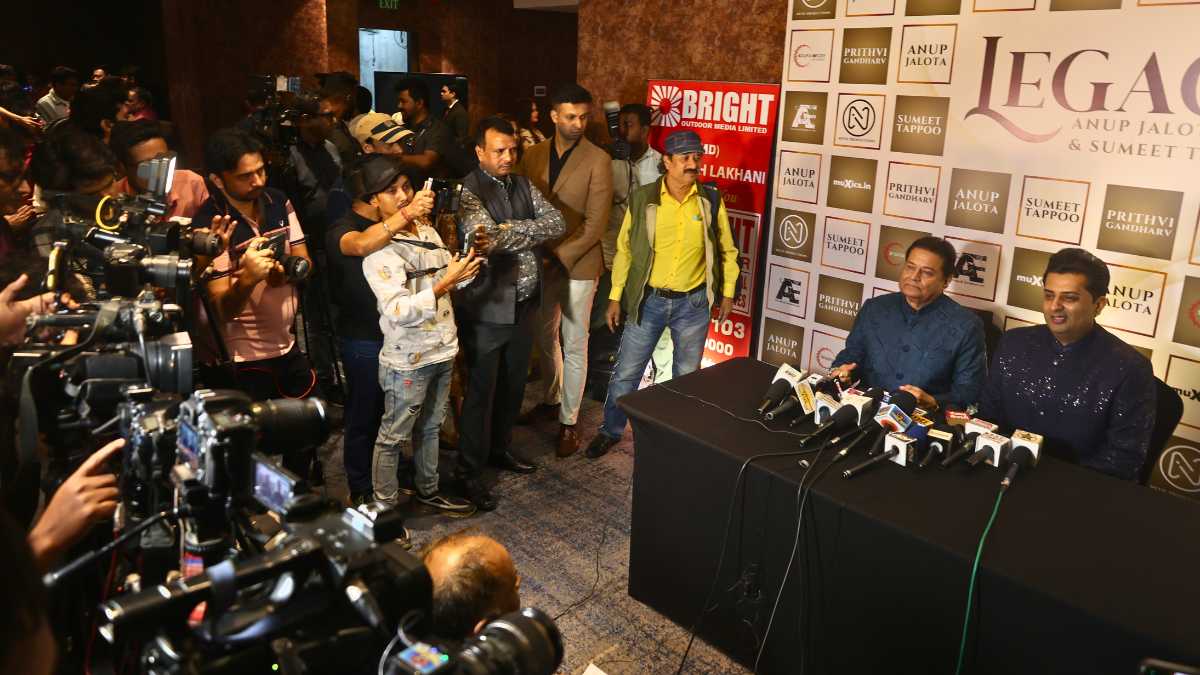
After the tremendous success of Legacy, what’s next for your musical journey together?
Anup Jalota: Legacy represents not an endpoint but a milestone in our continuing journey together. We’re planning many things together, including doing concerts to showcase Legacy. Beyond that, I see this album opening new collaborative possibilities. Throughout my career, I’ve believed in evolving while honoring tradition, and working with Sumeet continues to inspire fresh creative directions. I take immense pride in watching him develop his own vision while carrying forward our shared musical heritage. He is a very intelligent and brilliant artist and individual. The way he is able to strategize and push the creative pathways is also a true work of art. The guru-shishya relationship is never truly complete — it continues to evolve throughout our lives. What gives me the greatest satisfaction is knowing that these traditions will continue to thrive through dedicated artists like Sumeet long after my time.
Sumeet Tappoo: This album’s reception has energized both of us to explore new creative territories while deepening our existing work. The response to all the songs has been supremely motivating. It’s interesting how each listener has their own favorite, and how they communicate their own opinions about what we have produced is also fascinating. Above all, I’m always hungry for more. I never rest on my laurels. The day I heard the final master of the album, before its release, I moved on to work on the next projects, learn more, and explore newer creative pathways. I’ve always believed that music should serve a higher purpose. I use music as a platform for change. I’ve intertwined and merged music, spirituality, and philanthropy all into one. Music has the power to heal and to bring people together across divides. That’s the direction I feel called to pursue — creating art that entertains while also uplifting and uniting people and ensuring that we all come together to serve the underprivileged and needy.
Of course, continuing to learn from and collaborate with Anupji remains important to my journey. Our guru-shishya relationship continues to evolve, and I look forward to where this musical path leads us next.
Legacy was aptly named because it represents not just our past but our continuing contribution to a musical tradition that stretches back generations.
